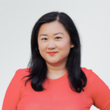Brats: Andrew McCarthy explores the personal and cultural impact of the Brat Pack in new documentary movie

In mid-2023, actor Ben Platt walked out of a Rolling Stone interview. The question that prompted his protest?
Being asked for his reaction to being on the cover of New York magazine’s nepo babies story. Platt, the son of uber-producer Marc Platt (Wicked, Legally Blonde and La La Land), wasn’t having it. He was there to promote Theatre Camp, not be reminded of the image of his face being superimposed on a baby in a blue onesie.
Many of the nepo babies didn’t like the article. Those who objected to the label felt it reduced them to their parentage and minimised their talent and hard work.
Sign up to The Nightly's newsletters.
Get the first look at the digital newspaper, curated daily stories and breaking headlines delivered to your inbox.
By continuing you agree to our Terms and Privacy Policy.Almost four decades ago, it was another New York magazine story that incensed young Hollywood. On the cover was a promotional image from St Elmo’s Fire of Rob Lowe, Judd Nelson and Emilio Estevez seated at a red-clothed table. Big grins on their faces. Above them the headline, “Hollywood’s Brat Pack”.
The writer of the piece, David Plum, was, at the time, 29-years-old and on assignment to write a profile of Estevez. He had been invited to hang out with Estevez and his friends, the industry’s hottest young stars, at the Hard Rock Café.

They were surrounded by women who all knew their names and faces, the stars of The Breakfast Club, The Outsiders, Young Guns and other movies teenagers flocked to American shopping centres to see.
Instead of a celebrity puff piece, the story Plum found was a cultural moment – a time when young people had captured the zeitgeist, had cachet and power, and self-determination. Culture was shifting, from the traditionalists to the youth.
It was an exciting time defined by fun and excess, and these young stars in their early 20s had talent, fame and privileges – teams to do their bidding, their pick of roles, free tickets, access to parties and booze. And they took advantage of them all.
Plum was the first person to coin the term Brat Pack, a twist on the Rat Pack of yore, and even the appropriation of a former power centre signalled the generational handover. Frank Sinatra was out. Emilio Estevez was in.
Like many of the nepo babies of the 2020s, the Brat Packers didn’t take kindly to being labelled spoilt (not for nothing, Estevez, Sean Penn, Nicolas Cage and Timothy Hutton also happened to be nepo babies).
They wanted to be taken seriously as artists. Contemporaneous interviews have most of them calling the term nasty or mean. They, too, felt reduced.
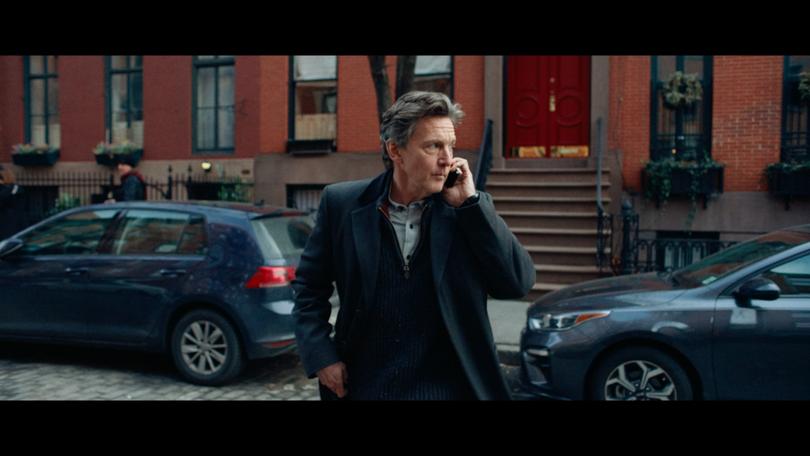
Andrew McCarthy has carried the weight of it with him since 1985. McCarthy was only mentioned in passing in Plum’s piece – one of the other Brats predicted he wasn’t going to make it – but as a star in classic Brat Pack movies Pretty in Pink, St Elmo’s Fire and Less Than Zero, he is now considered one of the core members.
McCarthy has carved out a steady career since the 1980s in B-movies and on guest roles in TV shows, as well as a series director. But he never reached the heights of Tom Cruise, Demi Moore, Estevez, Penn or Lowe.
He was ready to confront the experience he has likened to PTSD in the documentary feature Brats. For McCarthy, making the film was about exploring a phenomenon that he believed put a handbrake on his career, and those wounds have never healed.
As he recounted in the doco, “I remember seeing that cover and going, “Oh, f**k”.
McCarthy hit the road, interviewing his compatriots, many of whom he had not seen in three decades. This included Estevez, who he last encountered in person at the St Elmo’s Fire premiere in Los Angeles.
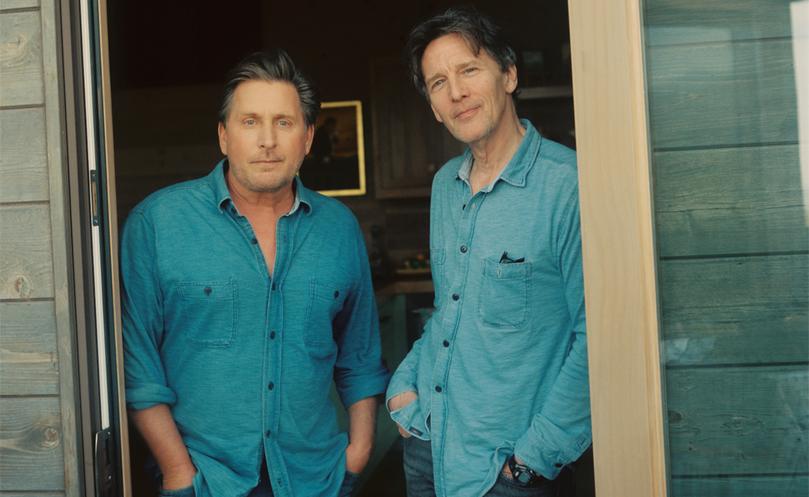
Wearing the exact same shirt, the two Brat Packers reminisced and considered those heady days.
Estevez has now largely retired from acting apart from revising his role as Gordon Bombay in the Mighty Ducks TV show, and he has directed four narrative features in the past two decades. He seemed to have more of a distance to it than McCarthy.
He remembered it as an “incredible time to be a young actor, the movies were catering to us,” and now sees the Brat Pack phenomenon for what it has been remembered as, an encapsulation of Hollywood taking their stories seriously.
The Brat Pack movies were always only a particular slice of American youth culture – white, mostly middle class and mostly suburban.
John Hughes’ movies in particular rarely veered away from the formula – the notable exception was Pretty in Pink in which Molly Ringwald’s Andie was from the “wrong side of the tracks”.
Plum’s piece identified the 1981 film Taps, starring Cruise, Hutton and Penn, as the first Brat Pack entry. A drama about a group of military students who take over the school to save it, it declared that kids weren’t to be discounted. They weren’t an appendage to boss around, they could decide their own fates.
The Outsiders followed, with an ensemble including Cruise, Lowe, Estevez, Patrick Swayze, Matt Dillon, Ralph Macchio and Diane Lane. Based on S.E. Hinton’s book, it was a portrait of disenfranchised youth overlooked by the system.
Those earlier films, including Amy Heckerling’s 1982 film Fast Times at Ridgemont High, were a bit spikier than the Hughes ones that would follow, perhaps due to the creeping conservatism of Ronald Reagan’s presidency.
But what they all had in common was they centered around a teen experience.
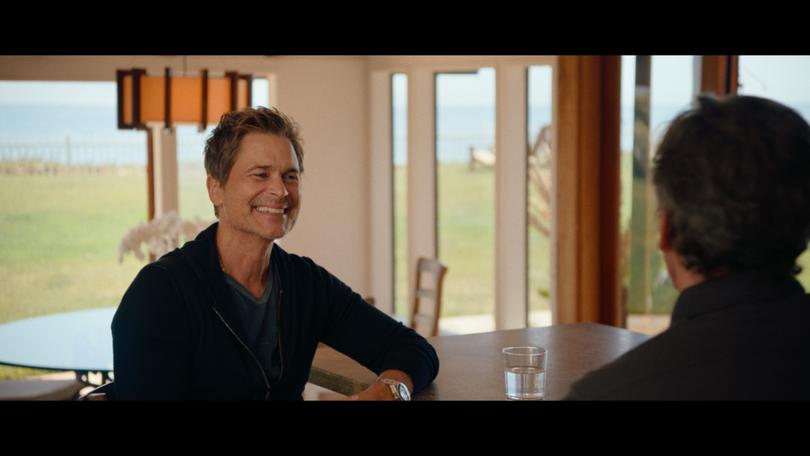
Throughout its history up to that point, Hollywood didn’t make many films aimed at teens. There were outliers, of course, including Rebel Without a Cause, Splendour in the Grass, American Graffiti and classic beach party movies. Grease, to a degree.
In contrast, the 1980s were an onslaught, and a recognition of teenagers as an economic force with purchasing power.
Dubbing the stars of these movies as the Brat Pack didn’t kill teen movies. Although, as with any entertainment trend, they had faded as the new decade came on, with Less Than Zero, Heathers and Pump Up the Volume as the last significant films to bookend the era.
Most of McCarthy’s interview subjects, which also included Moore, Hutton, Ally Sheedy, Jon Cryer and Lea Thompson, recognised the significance of the moment. And how fondly the audience now looks back on those movies and those personalities.
Thompson (Back to the Future, Some Kind of Wonderful) described herself as Brat Pack adjacent, but both she and Cryer wished they had been in the group. From the outside, it was the cool kids club.
Producer Lauren Schuler Donner told McCarthy that it was a good thing, “I thought it was fabulous!”.
Moore asked with a laugh, “Why did we take it as such an offence?” Moore has clearly come to terms with the Brat Pack, and her place within it. “We were babies,” she said, adding that while it was something that tried to diminish them, she now sees it was an opportunity to rise above it.
But it hurt back then. Estevez said it put his guard up. And he recalled that after the article came out, he had to drop out of a project with what he thought was an amazing script because it would’ve starred him and McCarthy.
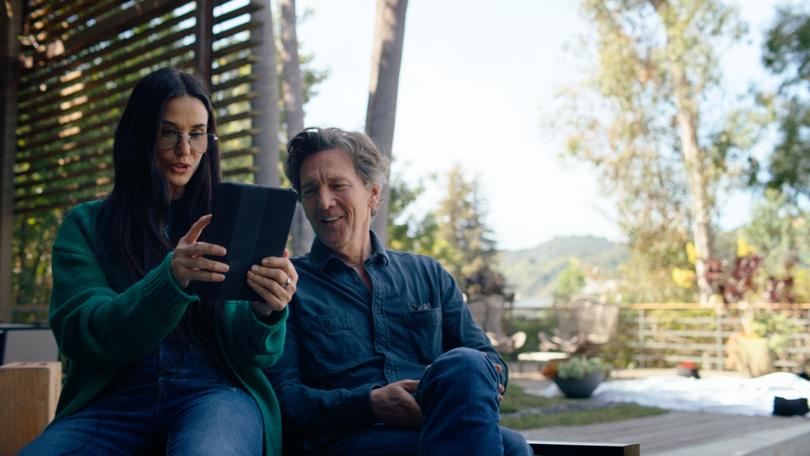
The actors had been instructed to steer clear of assembling in the same projects so it wouldn’t be branded another Brat Pack movie. “We were Kryptonite together,” he said.
McCarthy put it this way, “I’d seen a different path for myself and I felt derailed.” He had lost control of his career.
But the thing McCarthy didn’t get at the start of the film, and which he appears to only be wising up to now, is that, as an actor, you don’t control your relationship to your culture. You put yourself out there and you become something to the audience. They will project onto you what they want.
In the 1980s, the Brat Pack represented an almost upstart takeover of culture, a generational transition of power. In the 2020s, the nepo babies are symbolic of the advantages some enjoy because of the accident of birth. In a time of rising inequality, it struck a nerve.
The trick is to be honest about it. Allison Williams (Girls, Get Out), the daughter of American broadcaster Brian Williams, said in 2023, “To not acknowledge that me getting started as an actress versus someone with zero connections isn’t the same – it’s ludicrous.
“It doesn’t take anything away from the work that I’ve done. It just means that it’s not as fun to root for me.”
More recently, Maya Hawke, the progeny of Ethan Hawke and Uma Thurman, was also philosophical about it. She said, “It’s OK to be made fun of when you’re in rarefied air, it’s a lucky place to be.”
Maybe in the middle of a maelstrom of a culture-defining term that happens to you rather than one you choose, it’s hard to see the trees through the forest, but every individual member of the Brat Pack was part of something bigger than themselves. The legacy endures.
As Lowe said, “It changed what entertainment is.”
Brats is on Disney+ from July 5
THE BEST OF THE BRAT PACK MOVIES
BREAKFAST CLUB
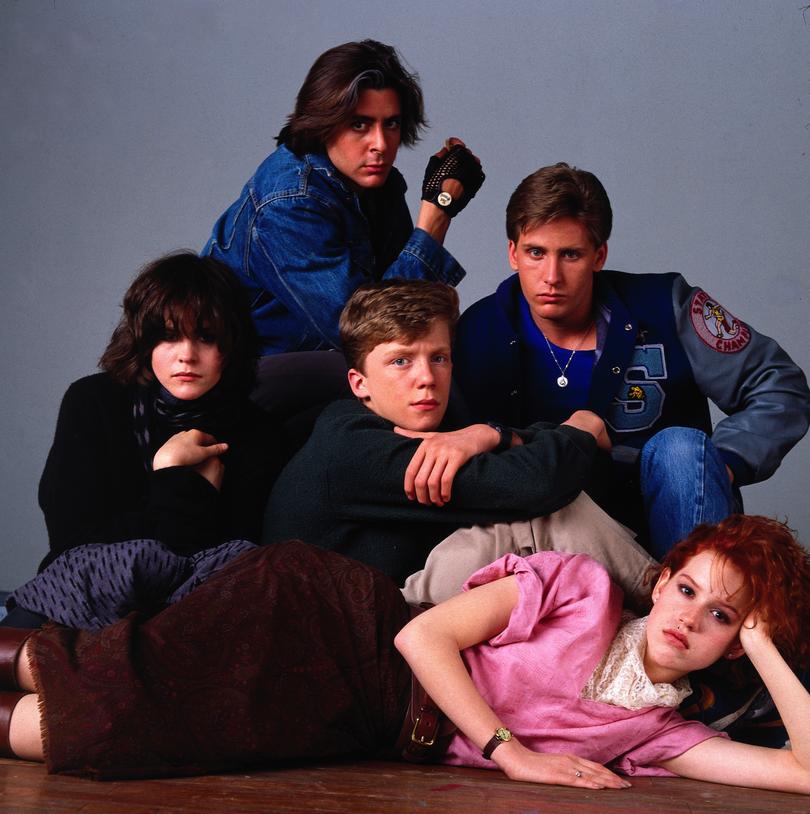
Five kids with no crossover at school serving Saturday detention doesn’t sound like much but The Breakfast Club is a favourite for a reason.
Each character, played by Judd Nelson, Emilio Estevez, Molly Ringwald, Ally Sheedy and Anthony Michael Hall, was a relatable archetype — the jock, the basket case, the princess, the criminal and the geek. But each had inner lives and depths beyond what others saw on the surface.
ST ELMO’S FIRE
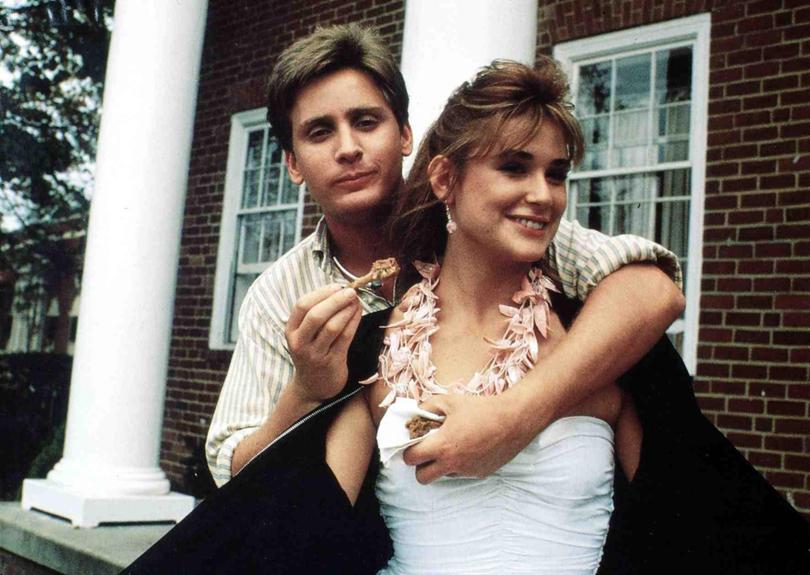
St Elmo’s Fire takes place on that cusp between the structures and knowability of school and the far-from-certainty of adulthood. Possibilities start to look like responsibilities.
The film is about the interpersonal relationships between a group of recent university graduates, and stars Emilio Estevez, Rob Lowe, Andrew McCarthy, Judd Nelson, Demi Moore, Ally Sheedy and Mare Winningham.
LESS THAN ZERO
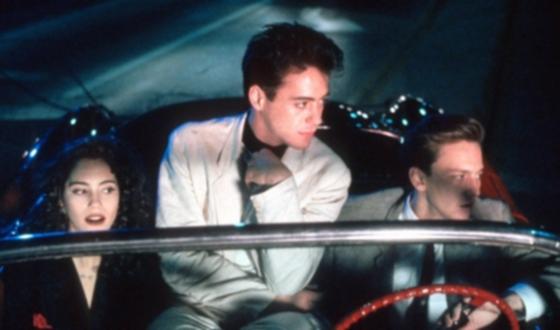
Adapted from the debut novel of the enfant terrible of literature, Bret Easton Ellis, Less Than Zero starred Andrew McCarthy, Robert Downey Jr, James Spader and Jami Gertz.
The cautionary tale of drugs and sex in Los Angeles, the film was much more moralistic than Ellis’ story of debauched alienation and disillusionment.
THE OUTSIDERS
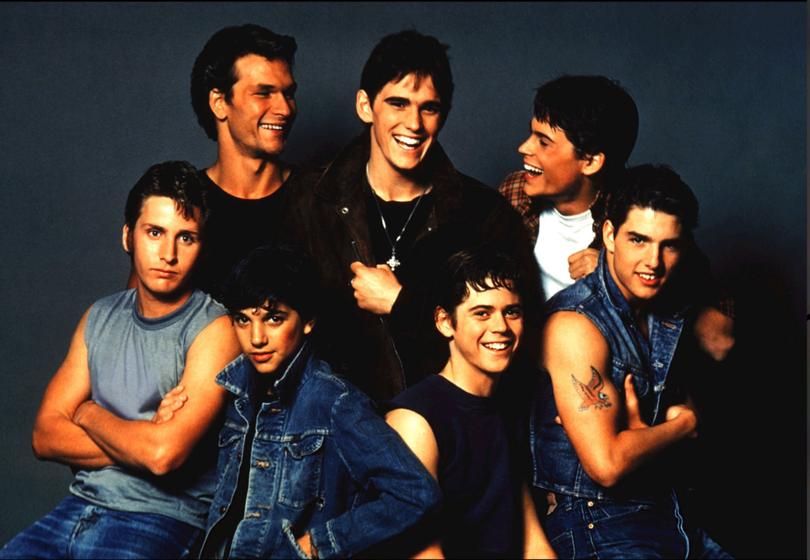
Directed by Francis Ford Coppola and remembered for its ensemble of then-rising-now stars in either their first or very early roles, The Outsiders was adapted from S.E. Hinton’s seminal young adult novel.
Set in 1960s America among a group of “greasers”, the film sensitively tells the story of poor kids and their feelings of hopelessness. It starred Patrick Swayze, Rob Lowe, Diane Lane, Ralph Macchio, C. Thomas Howell, Tom Cruise, Emilio Estevez and Matt Dillon.
PRETTY IN PINK
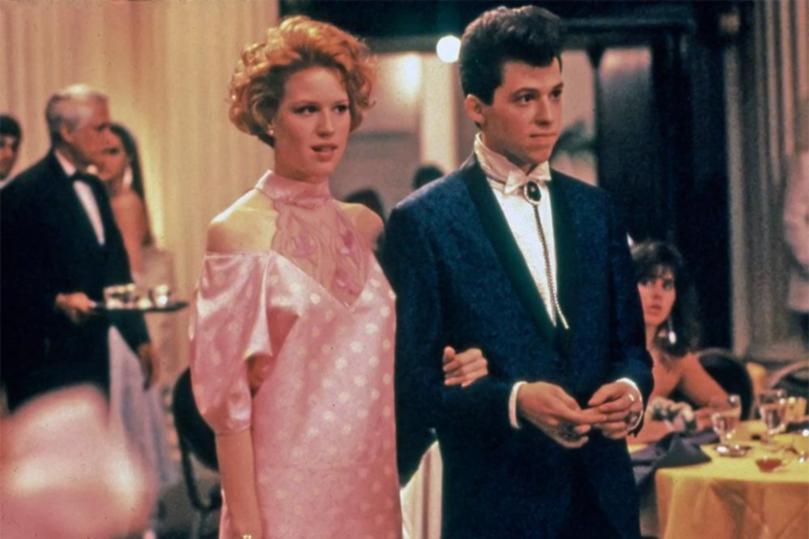
Another John Hughes-penned film, Pretty in Pink features Molly Ringwald as Andie, a working-class teen caught in a love triangle between her best friend Duckie (Jon Cryer), who is secretly in love with her, and Blane (Andrew McCarthy), the popular rich kid.
The ending originally had Andie pick Duckie, but the test screenings went so badly they had to go back and reshoot the ending where she chooses Blane.
Hughes would later get the happily ever after he wanted when he made Some Kind of Wonderful and the Eric Stoltz character picks his best friend (Mary Stuart Masterson) over the rich girl (Lea Thompson).
